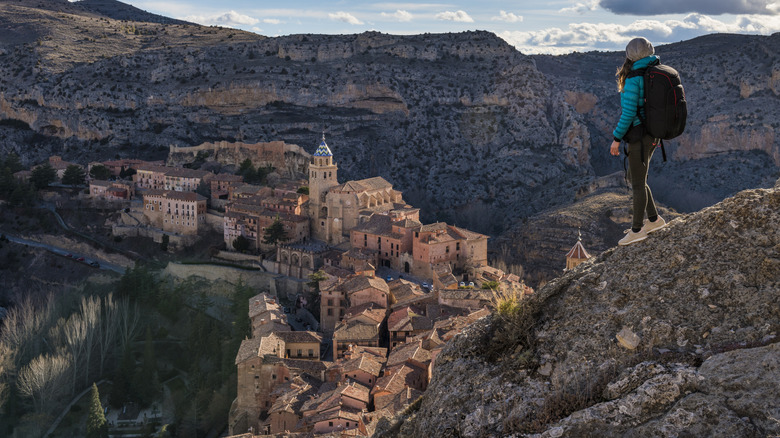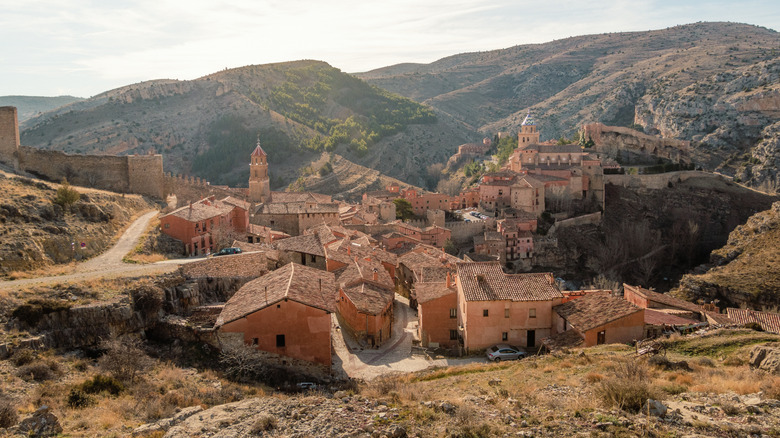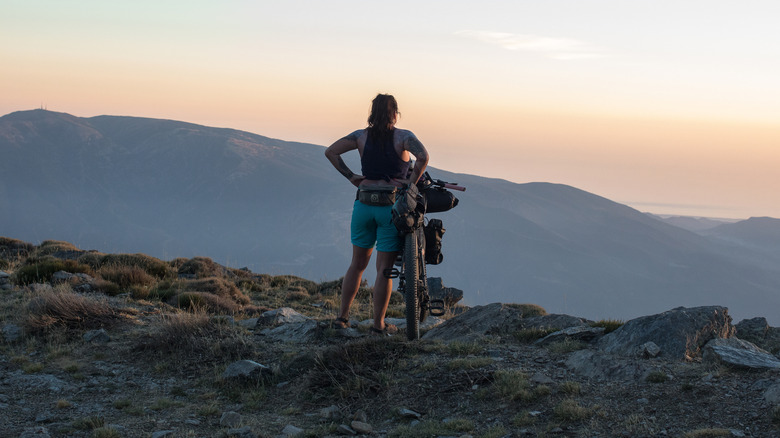The 'Spanish Lapland' Is A Secret Outdoor Adventure Paradise With Wilderness And World-Class Mountain Biking
Stretching for hundreds of miles in every direction is a European destination that attracts adventurous tourists from around the world. The so-called "Spanish Lapland" is a nearly abandoned expanse in the northeast of Spain that offers an experience far different than the crowded and historic tourist hotspots or the country's most praised wine regions. The Serranía Celtibérica, the official name of the expanse, is of particular interest to mountain bikers, or more specifically, bikepackers.
Bikepacking is a sightseeing sport encouraging cyclists to explore the open wilderness with a small bag of essentials and a reliable metal steed that can traverse miles of rural terrain. Expanding into territories belonging to 10 provinces, the Spanish Lapland boasts virtually no population. The lack of residents offers bike packers seemingly exclusive access to the abandoned gravel roadways that venture into mountainous plateaus once utilized by horse and carriages.
Medieval villages sit nearly abandoned or completely deserted and provide tourists a glimpse back in time. The Montañas Vacias' route covers 422 miles and highlights villages, plateaus, and forests in the Spanish Lapland. The challenging trek can be completed in about nine days, or you can take it one section at a time, following self-guided maps and recommendations on the route's website.
Mass migration resulting in a quiet expanse in the Spanish Lapland
The Spanish Lapland has not always been an incredibly quiet refuge luring adventurers. The rural hubs in this expansive region at one time bustled with farmers, merchants, and residents. In the mid-20th century, however, politics shifted, and economic development focused on the coasts of Spain and its larger cities. The result? A mass exodus of residents from the region.
While there are some people who remain in the Spanish Lapland, there is a lack of younger residents to replace its aging population. This trend has led to this region being the least densely populated area in the European Union, with just 1.63 people per square kilometer, per Lacuna. This makes the region even less dense than Siberia.
Spain is no stranger to record-breaking droves of tourists over the summer, and this experience, far away from the millions of tourists who arrive in Spain each year, offers an adventurous alternative. Elevations of over 6,000 feet offer expansive views of rock sculptures shaped by high winds and water, as well as historic sites like the hilltop village of Albarracín. The ancient town is a UNESCO World Heritage Site and considered Spain's "most beautiful village," with immaculate food and fewer crowds.
A renewed vision for Europe's least populated area
Since this region was dubbed the Spanish lapland in 2012, renewed interest in its exploration has blossomed. Unsurprisingly, it is a difficult area to reach, and visitors must have a plan to explore the vast emptiness here. The village of Teruel serves as an entry point to the lapland and is about 200 miles east of the capital city of Madrid, about 3.5 hours by car. You can also take a five-hour train or four-hour bus ride from the iconic European foodie city. But don't let that distance deter you from visiting; thanks to the new interest in exploring the Spanish lapland, numerous hotels now offer stays for the adventurous tourists coming to the area.
When making your plans, be sure to make note of the weather. The climate is considered arid, and summers may be the best time to visit this area. Winter temperatures can dip to minus 13 degrees Fahrenheit in the higher-elevation towns. Spring and fall offer cooler temperatures that are suitable for backpacking and hiking adventures as well.


